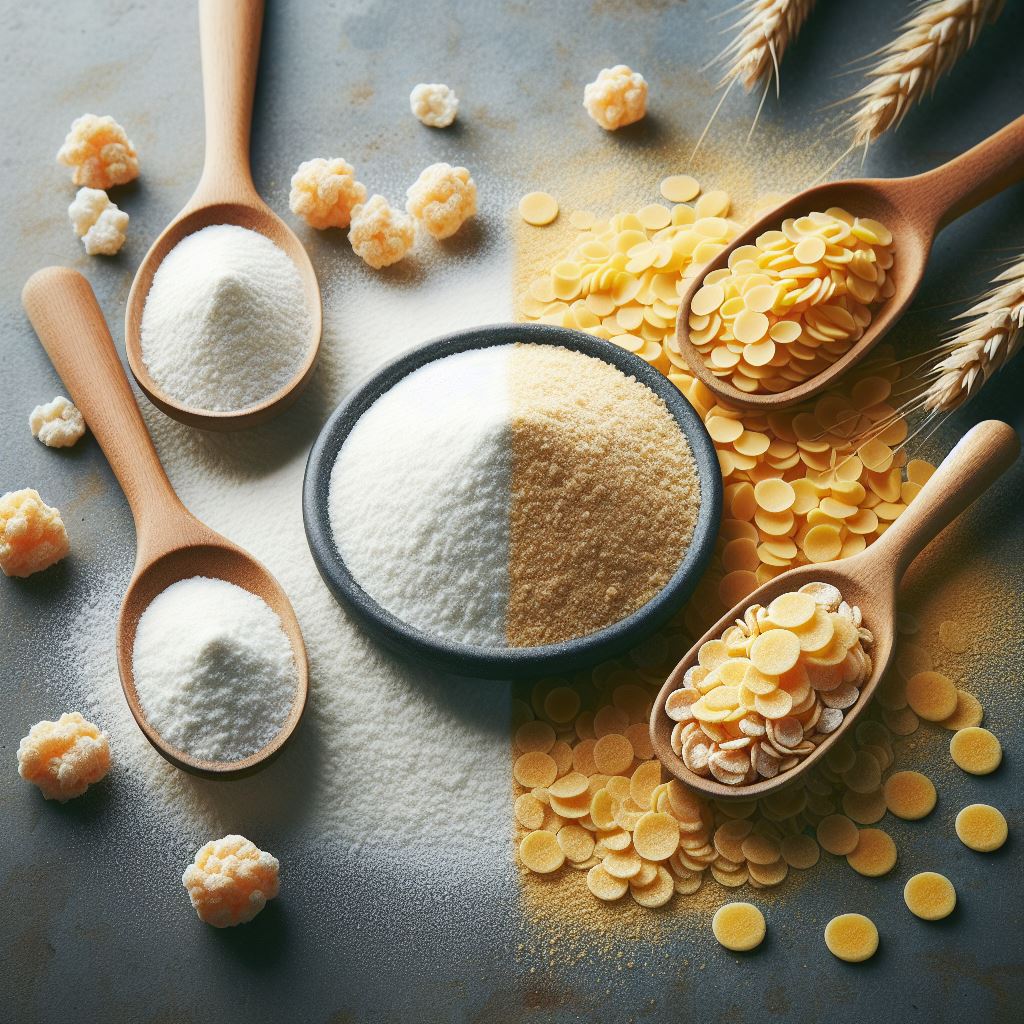Polyacrylamide has significant applications in water treatment, soil solidification, and oil extraction. It is a linear organic macromolecule that exists in the form of solutions, colloids, and solid dry powders. Its appearance is white or light yellow particles, while the liquid state is a colorless, transparent solution. Generally, for ease of storage, solid polyacrylamide dry powder should be used, and solid dry powder can be divided into granular and powdery forms. So, what is the difference between PAM particles and powder?

Ⅰ. Appearance: The appearance of polyacrylamide particles is white granular, while polyacrylamide powder is white powder.
Ⅱ. Mesh size: Polyacrylamide particles have a mesh size of approximately 20 to 80 mesh, while polyacrylamide powder has a mesh size of approximately 100 mesh. A larger mesh is beneficial to the dissolution of PAM.
Ⅲ. Process: The preparation methods of polyacrylamide vary. The final product is granular polyacrylamide, and powdery polyacrylamide requires crushing granular polyacrylamide to obtain powder. This additional process causes the powdered polyacrylamide to dissolve faster.
Ⅳ. Solubility: Polyacrylamide powder is often called instant polyacrylamide because it dissolves more easily and quickly in water. However, polyacrylamide powder easily agglomerates in an aqueous solution and cannot be fully dissolved. Therefore, during the dissolution process, an appropriate temperature and stirring rate must be maintained. In sharp contrast, polyacrylamide is not easy to agglomerate during the dissolution process and can be completely dissolved.
Ⅴ. From the perspective of the application scope, these two functions are the same. No matter which flocculant is used, its dissolution and addition process are very important. Appropriate selection should be made based on actual production conditions to achieve the purpose of reducing production costs and improving treatment effects.
In what fields are powders and granules used?
Applications of powdered polyacrylamide by industry:
- It can play the role of thickening and viscosity in glue, with small usage and low cost.
- It can play a thickening role in building mortar and can also increase flexural strength, impermeability, bonding strength, etc.
- It can play the role of thickening and viscosity in coatings and improve the viscosity of coatings.
- It can play a viscosity-increasing role in making incense and can be added directly without adding elm powder and any adhesive. The effect is stable. The various incense products produced are not easy to get damp or deformed, have good smoothness, good hardness and toughness, and have no peculiar smell after burning.
Polyacrylamide granules are widely used in many fields:
- In the treatment of swimming pool water quality, granular polyacrylamide is commonly used, which is a flocculant and a precipitant. The invention can adsorb suspended solid particles in water bodies and cause them to precipitate, thereby achieving the purpose of improving water quality.
- In wastewater treatment, PAM is widely used in the sludge dehydration process to facilitate the separation of solid particles and reduce the moisture content of the sludge.
- In mining, the use of granular polyacrylamide as the flocculant of the slurry can effectively improve the fluid loss characteristics of the slurry and reduce the moisture content of the slurry.
- Polyacrylamide has a large particle size and can be used as a flocculant in paper production, which is very helpful in improving the fluid loss of slurry and the quality of paper.
In short, polyacrylamide particles are somewhat different from powders in terms of morphology, use, properties, etc. To ensure the maximum effectiveness of PAM, different specifications must be used rationally according to specific requirements. In future research and applications, our understanding of these two forms will promote the effective use of polyacrylamide and advance the progress and development of related industries.
